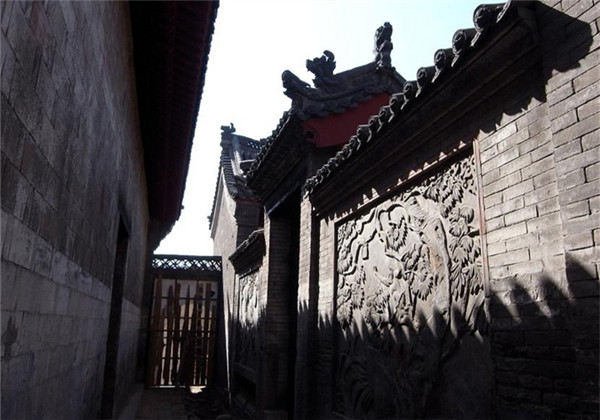 |
|
Tianchangzhen, formerly the commercial hub of Jingxing County, bustles with markets, shops and small restaurants. [File photo] |
Before going to Liangjiacun we had visited the old town of Tianchangzhen, near National Highway 307. In contrast to peaceful Liangjiacun, Tianchangzhen, formerly the commercial hub of Jingxing County, bustles with markets, shops and small restaurants. It is enclosed by an old city wall with gates on three sides. One has been completely rebuilt and another is badly in need of repair. The third, which dates back to the late Qing Dynasty (1644-1911), has been well preserved in its original state. On the parapet stands a small temple with a colorful traditional Chinese roof. The town also houses the ruins of the city god temple, an architectural feature that signifies major municipalities.
As we left the market area and approached the town center, the surroundings simplified. Strikingly historical houses lined either side of the street, among them the former residence of a Ming Dynasty (1368-1644) Minister of State. We saw many courtyard dwellings with carved beams and painted rafters where government officials had lived; also an old college, temples, and national key protected ancient kiln sites. From the overlooking Barbican tower we had a panoramic view of the neighborhood’s old courtyards. The town is separated from National Highway 307 by a river spanned by an ancient bridge, guarded by weathered but still fierce-looking lion statues at either end.